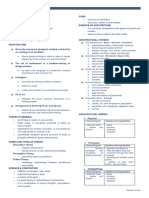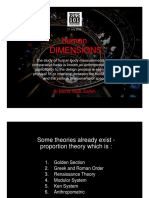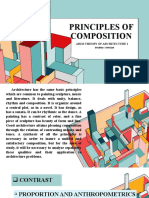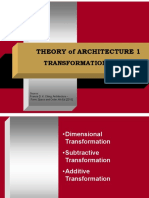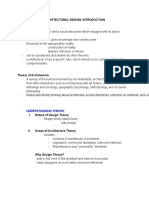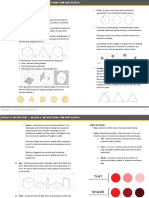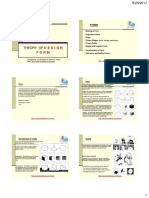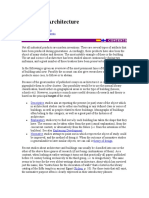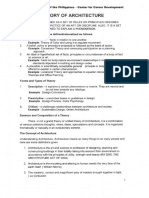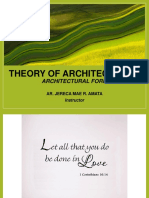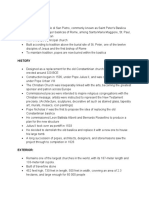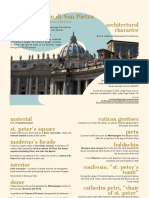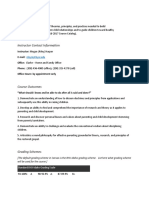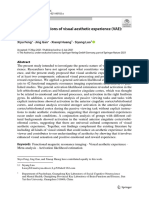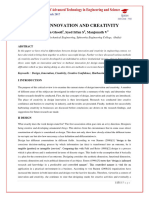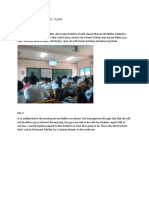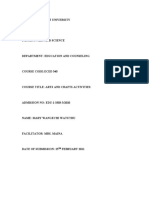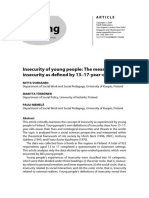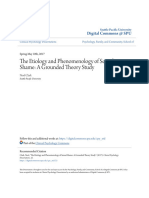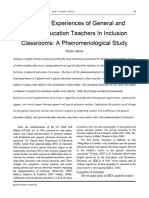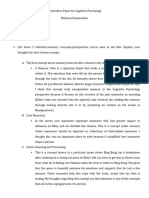0% found this document useful (0 votes)
411 views21 pagesElements and Design Principles in Architecture
The document discusses several key elements of design including:
1) Space is defined by its boundaries and how it is used. Positive and negative space, circulation, and balancing elements are important considerations.
2) Lines can communicate emotions and direct the eye. Horizontal, vertical, diagonal, and curved lines each impact a space differently.
3) Form has width, height, depth, and implies space. Aspects like shape, mass, texture, position, and orientation must be analyzed.
4) Light unveils textures, colors, and forms, and enhances how spaces are experienced. Task and accent lighting should be tailored to a space's uses.
Uploaded by
JunnineTupazCopyright
© © All Rights Reserved
We take content rights seriously. If you suspect this is your content, claim it here.
Available Formats
Download as DOCX, PDF, TXT or read online on Scribd
0% found this document useful (0 votes)
411 views21 pagesElements and Design Principles in Architecture
The document discusses several key elements of design including:
1) Space is defined by its boundaries and how it is used. Positive and negative space, circulation, and balancing elements are important considerations.
2) Lines can communicate emotions and direct the eye. Horizontal, vertical, diagonal, and curved lines each impact a space differently.
3) Form has width, height, depth, and implies space. Aspects like shape, mass, texture, position, and orientation must be analyzed.
4) Light unveils textures, colors, and forms, and enhances how spaces are experienced. Task and accent lighting should be tailored to a space's uses.
Uploaded by
JunnineTupazCopyright
© © All Rights Reserved
We take content rights seriously. If you suspect this is your content, claim it here.
Available Formats
Download as DOCX, PDF, TXT or read online on Scribd
/ 21

